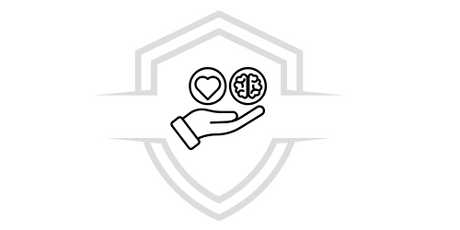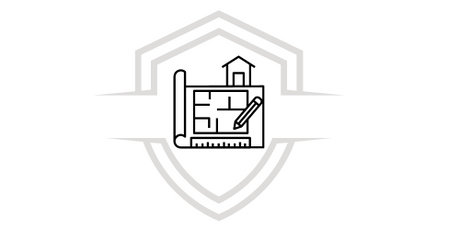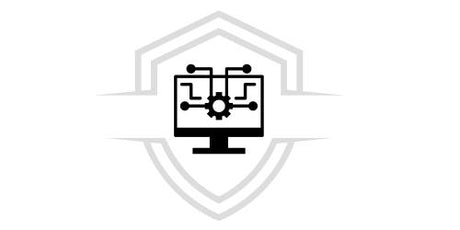We could define digital photography as the process through which electronic sensors, photosensitive units, electronic signals and a removable memory are involved to save the files captured by the camera. Likewise, concepts such as pixel come into play, which refers to the size of the photo, and zoom , this is the function that allows an image to be enlarged immediately. These two concepts mark the difference between digital photography and modern photography .
Thanks to this technological process, professionals and amateurs can share their vision of the world.
Digital photography is not limited to just images captured by a camera, as these can also come from a cell phone. Nowadays, many of these mobile devices have better resolution and features than a digital camera. The trick is knowing how to take advantage of them.
History of Digital Photography
The history of digital photography could be said to begin in 1975, when Steven Sasson , an electrical engineer working for Kodak , developed a prototype of a digital camera that did not need rolls of film to work; instead, an electronic sensor was implemented.
However, between the 1960s and 1970s , the electronics industry had developed the first sensors that made it possible to record small black and white images.
This is how Sasson took one of them, took a lens and an electronic circuit and programmed them to take the first digital photos. With these three protagonists he managed to develop a prototype of a digital camera. This is how in 1978, Kodak patented this design.
The first digital camera took a still photo with a resolution of just 0.01 megapixels and weighed 3.5 kg. This is the earliest forerunner of digital photography, but it was not until the 1990s that the company marketed such a product.
20% EXTRA DISCOUNT
Get started today and get fully certified with our Introduction to Digital Photography course
- 100% online at your own pace
- Practical exercises
- Lifetime Access
- Certified endorsed
Apply the coupon [DARE] and get an extra 20% discount for only 100 students. Click the button and join!
Characteristics of a digital photograph
The characteristics that we will mention below will allow you to recognize the difference between digital photography and analog photography :
1. Its size is variable
The size of the photographs is a very important point to take into account in the digital format.
In the early years of digital photography development, size and resolution varied and were not very practical. Today, these measurements have become standardized. However, there are many variations larger than 15 megapixels, as there are currently no cameras that reproduce less than that resolution.
In turn, the display size of images varies depending on the device used to view them, so that a digital photo today does not have a fixed dimension.
2. Sensitivity
The sensitivity to capture light, or as it is also known in photography ISO , has improved considerably as new models of digital cameras are launched.
Nowadays, all cameras perform well in normal room light, making it less necessary to use artificial light sources to capture a photograph.
FREE DOWNLOAD
Download our guide completely FREE and learn the best techniques of digital photography and master it like an expert
3. Easy Diffusion
Digital images have been adapted to new technologies, so the permanent use of computers, tablets and smartphones puts at our disposal a wide variety of digital photography formats, which are distributed on various platforms such as social networks, blogs, websites or simple emails.
Copying photographs on paper was the only channel for circulating photos; this medium has been replaced by digital photography, leaving copying on paper only as an artistic alternative.
4. Easy Storage
One of the great features is that they are very practical to save or store. The photo archive is almost completely digital, so we can save all the photos we want in our cloud. In this way, it is possible to access your photos whenever you want from a mobile device or a computer. Thus, it will not be necessary to accumulate albums at home or spend money developing rolls of film.
Expand your knowledge of digital photography and become an expert by taking our course: Introduction to Digital Photography
Courses that may interest you
Do you want to learn and master the best graphic design software? Here are some of our most outstanding courses so you can master these tools like an expert: Adobe Photoshop CC2020 Fundamentals, Free Adobe Illustrator Course for Animation, and Digital Marketing Diploma .















